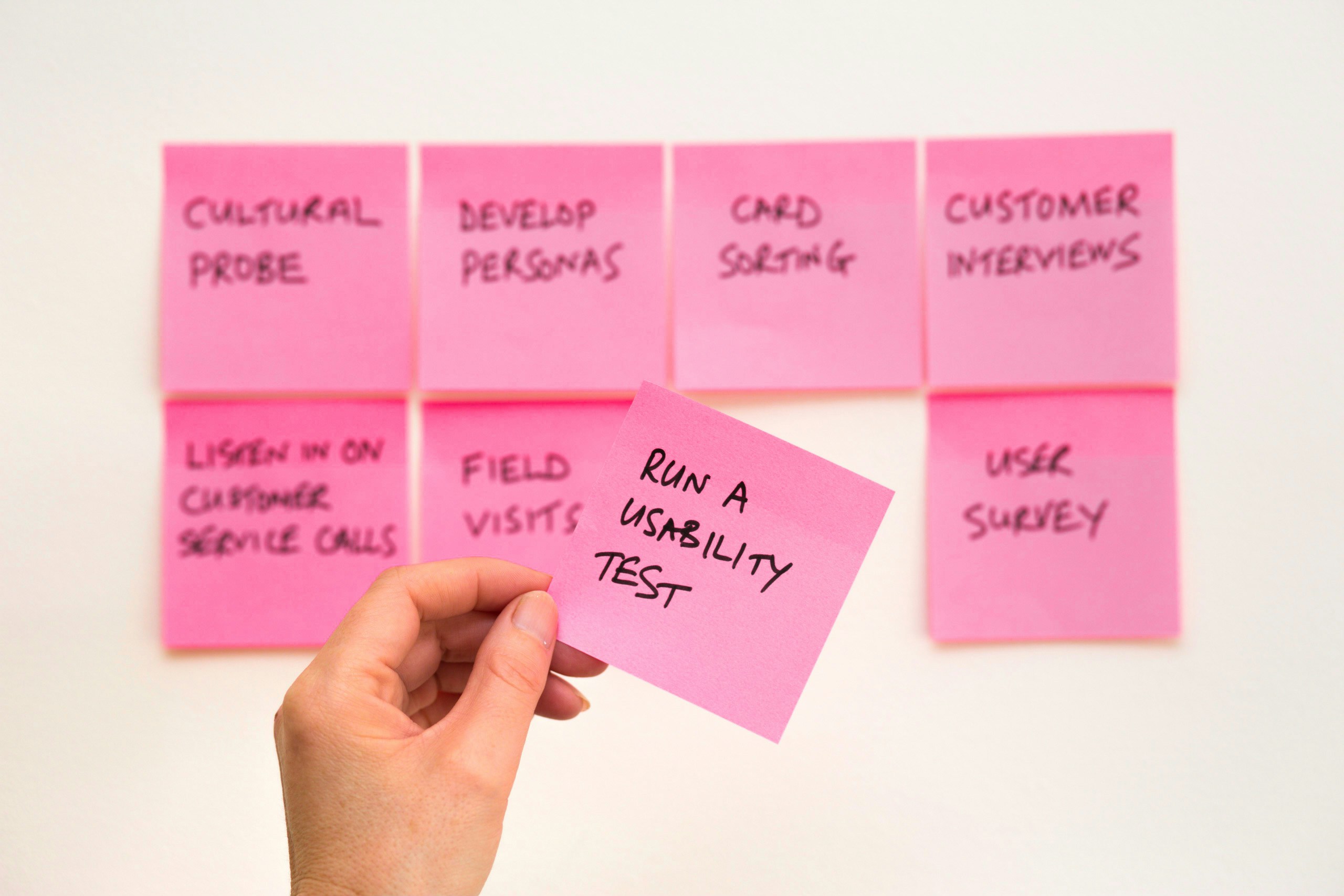Fundamental Principles in Software Engineering
In today’s rapidly evolving technological landscape, the integration of agile methodologies has become essential for software development teams aiming to deliver high-quality products efficiently. As a DevOps software engineer, I’ve witnessed firsthand how these principles not only streamline workflows but also enhance collaboration and adaptability within teams.
In this comprehensive blog post, we’ll delve into:
- Fundamental Principles in Software Engineering
- The Four Basic Concepts of Lean Thinking
- Essential Characteristics of a Scrum Team
- Phases of Extreme Programming (XP)
Whether you’re a seasoned developer or new to the field, understanding these concepts is crucial for navigating the complexities of modern software engineering.
1. Fundamental Principles in Software Engineering
The foundation of effective software engineering lies in adhering to certain fundamental principles. These principles guide developers in creating reliable, maintainable, and high-quality software products. Let’s explore these principles in detail.
Rigour and Formality
Rigour involves a disciplined and systematic approach to evaluating ideas and assessing potential risks. In software engineering, this means:
- Systematic Evaluation: Every idea is thoroughly examined using rigorous testing frameworks and metrics. This minimizes the risk of introducing defects and ensures that only the most effective solutions are implemented.
- Continuous Integration: Regular testing and validation of new features help maintain software stability and quality.
- Risk Management: Early identification and mitigation of risks prevent potential issues from escalating.
Formality refers to adhering to established standards and procedures throughout the software development lifecycle. This includes:
- Standards Compliance: Ensuring all aspects of development adhere to relevant laws, regulations, and industry standards (e.g., HIPAA, GDPR).
- Auditable Processes: Maintaining clear documentation for compliance and facilitating reviews by regulatory bodies.
- Stakeholder Involvement: Engaging with both internal and external stakeholders to align the development process with legal and administrative requirements.
Integration of Rigour and Formality:
To achieve formality, rigour is necessary. A rigorous application of systematic methods supports formal processes, enhancing reliability, maintainability, and compliance. This disciplined approach is vital for managing data practices and ensuring the integrity of the entire development process.
Separation of Concerns
This principle is essential for managing complexity, improving traceability, and ensuring high quality in software development.
Benefits:
- Traceability: Allows for granular measurement of variables like time, quality, and resource specialization, ensuring each project component can be independently tracked and evaluated.
- Specialization: Assigns tasks to individuals or teams with specific expertise, leveraging specialized skills for better results.
- Efficient Resource Management: Clearly defined responsibilities lead to more efficient resource allocation and enhanced overall productivity.
Implementation Strategies:
- Task Segmentation: Dividing the project into smaller, manageable tasks.
- Role Definition: Assigning roles based on expertise and ensuring team members understand their responsibilities.
- Quality Control: Implementing independent quality control measures for each project segment to meet required standards before integration.
Modularity
Modularity is crucial for creating scalable, manageable, and efficient software systems.
Benefits:
- Scalability: New functionalities can be added as separate modules without affecting the existing system.
- Ease of Control: Independent management of each module simplifies maintenance and updates.
- Testing and Implementing Changes: Modules can be individually tested and updated, reducing the risk of system-wide errors.
- Environment Separation: Allows for experimentation in development environments without risking production stability.
- Specialization: Team members can focus on specific modules, enhancing work quality.
Implementation Strategies:
- Organized Directory Structure: Reflecting modularity in the project’s directory organization.
- Independent Development: Facilitating parallel development by maintaining modules independently.
- Automated Testing: Ensuring each module functions correctly before integration.
- Version Control: Managing changes precisely and allowing easy rollback if necessary.
- Clear Interfaces: Defining how modules interact while maintaining independence.
Abstraction
Abstraction helps represent software functionalities at a high level, making them accessible to non-technical stakeholders.
Benefits:
- Simplification for Stakeholders: Translating technical concepts into understandable terms for stakeholders without technical backgrounds.
- Focus on the Essential: Emphasizing core functionalities without unnecessary technical details.
- Improved Communication: Enhancing collaboration between technical teams and business stakeholders.
Implementation Strategies:
- High-Level Documentation: Creating accessible documentation that outlines software goals and benefits.
- Use Case Scenarios: Illustrating practical applications through real-world scenarios.
- Visual Models: Utilizing flowcharts and diagrams to convey complex concepts simply.
- Regular Briefings: Discussing progress and aligning software functionalities with business objectives.
Anticipation of Change
This principle ensures that software can evolve smoothly in response to new requirements and technological advances.
Importance:
- Future-Proofing: Planning for near and distant future changes keeps software relevant and functional.
- Continuous Improvement: Incorporating user feedback for ongoing enhancement.
Implementation Strategies:
- Flexible Methodologies: Using Agile frameworks like Scrum or Kanban.
- Modular Design: Facilitating easy updates or replacements without affecting the entire system.
- Robust Version Control: Tracking modifications and facilitating collaboration.
- Automated Testing: Validating changes quickly and ensuring new updates don’t introduce defects.
- User Feedback Loops: Regularly collecting and integrating user feedback.
Generality
Generality involves using broad solutions to efficiently address specific challenges.
Benefits:
- Holistic Problem-Solving: Identifying broader patterns and underlying causes for more effective solutions.
- Efficient Resource Use: Applying tested, generalized solutions saves time and ensures reliability.
Implementation Strategies:
- Comprehensive Analysis: Considering broader implications and identifying commonalities with other issues.
- Use of Repositories: Maintaining solutions, patches, and version histories for reuse.
- Knowledge Sharing: Documenting solutions and fostering a culture of collaboration.
Incrementality
Incrementality ensures processes are completed in manageable steps for progressive improvement.
Benefits:
- Step-by-Step Achievement: Breaking projects into well-defined steps for steady progress.
- Continuous Improvement: Regular evaluation and adjustment enhance the final product.
Implementation Strategies:
- Step-by-Step Processes: Clear objectives and deliverables for each increment.
- Quality Focus: Utilizing testing and code reviews to maintain high standards.
- Client Engagement: Involving stakeholders throughout the development process.
- Efficient Practices: Emphasizing design, documentation, and testing efficiency.
2. The Four Basic Concepts of Lean Thinking
Lean Thinking focuses on maximizing value while minimizing waste, a methodology highly applicable in software development.
Value
Defined by what the customer perceives as worth paying for. Focus on:
- Customer-Centric Activities: Prioritizing features and services that add real value.
- Eliminating Waste: Reducing non-value-adding activities like rework and unnecessary inspections.
Flow
Creating a continuous, uninterrupted process where value-adding activities proceed smoothly.
- Balanced Workflow: Ensuring materials and information move seamlessly.
- Optimizing Processes: Using tools like value stream mapping to identify bottlenecks.
Pull
Production is driven by actual customer demand, not forecasts.
- Just-in-Time Production: Producing only what’s needed, when it’s needed.
- Minimizing Overproduction: Reducing inventory costs and waste.
Continuous Improvement
Emphasizes constant efforts to improve processes and increase value.
- Regular Feedback Cycles: Continuously refining operations.
- Cultivating a Culture of Improvement: Encouraging innovation and proactive problem-solving.
3. Essential Characteristics of a Scrum Team
Scrum is an Agile framework that enables collaborative, iterative development. A successful Scrum team embodies several key characteristics.
Diversification
- Specialized Skills: Members possess expertise in different areas.
- Comprehensive Capabilities: Able to handle various project aspects without external dependencies.
Autonomy and Self-Organization
- Decision-Making Power: Teams decide their work pace and methods.
- Scrum Master as Facilitator: Aids the team without dictating tasks.
No Hierarchies or Levels
- Equality: All members are treated as equals.
- Collaborative Environment: Encourages equal contribution to project success.
Responsibility
- Ownership: Team is fully responsible for the product creation process.
- Accountability: Members take responsibility for both individual and collective work.
Stability and Dedication
- Consistent Team Composition: Same members throughout the project lifecycle.
- Enhanced Familiarity: Leads to better quality and faster implementation of changes.
Commitment
- Work Ethic: Reflects in daily task completion and communication.
- Mutual Support: Willingness to assist one another drives team cohesion.
Size
- Optimal Team Size: Between three and nine members.
- Manageability: Ensures agility and significant work output.
4. Phases of Extreme Programming (XP)
Extreme Programming is an Agile methodology emphasizing customer satisfaction and frequent releases.
Exploration Phase
- Defining Scope: Customer provides “user stories” outlining needs.
- Estimations: Programmers estimate development times.
- Duration: Typically lasts a few weeks to establish an overview.
Planning Phase
- Collaboration: Customer, managers, and developers set implementation order.
- Delivery Plan: Schedules development and delivery of user stories.
- Adjustments: Regular meetings to assess and modify the plan.
Iterations Phase
- Core Development: Developing critical functionalities.
- Functional Deliverables: Each iteration results in a working product increment.
- Customer Involvement: Active participation to ensure proper feature development.
Production Start-Up Phase
- Delivering Modules: Functional modules delivered at iteration ends.
- Error-Free Implementation: Ensures software is ready before going live.
- Final Adjustments: Fine-tuning to meet all requirements and expectations.
Understanding and applying these fundamental principles and methodologies is crucial for any software development team aiming to deliver high-quality products efficiently. As a DevOps software engineer, integrating these practices into the development lifecycle enhances collaboration, adaptability, and ensures that software remains reliable and aligned with customer needs.
Embracing Agile methodologies like Scrum and Extreme Programming, coupled with Lean Thinking principles, can significantly improve team productivity and project success. By focusing on rigour, modularity, and continuous improvement, teams are better equipped to navigate the complexities of modern software engineering.

